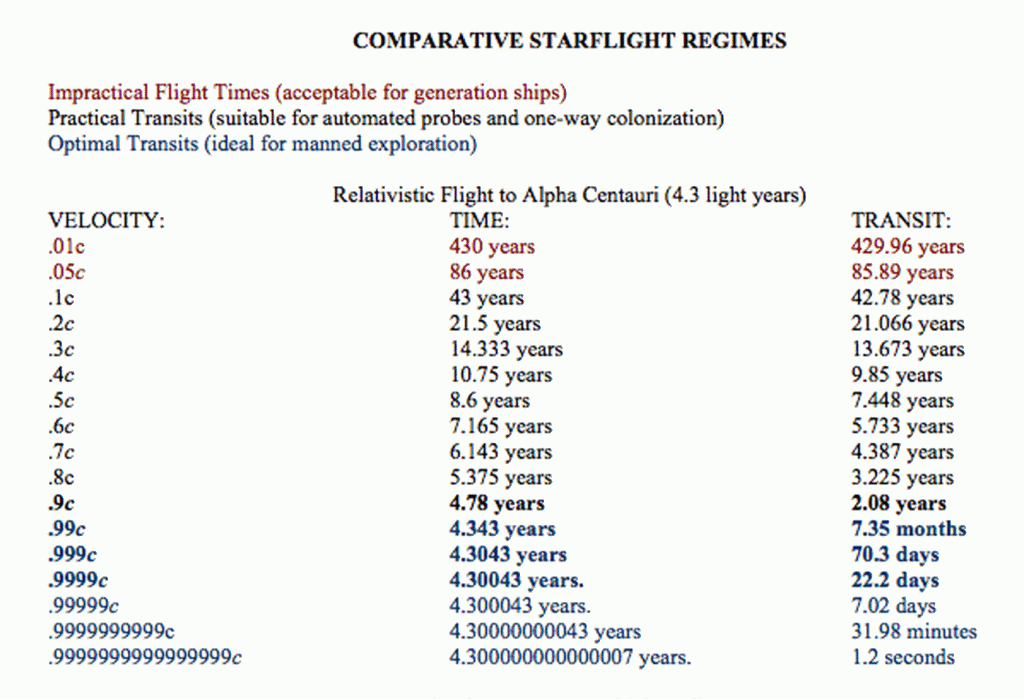First, if we throw out too much of what Spock says as inaccurate, then that basically defeats the whole purpose of having the dialog in the first place.
I'd argue that Spock would be justified in concentrating on the issue that was of immediate interest to our heroes. How the
Valiant got there was far less interesting than what happened to the
Valiant when she tried to brave the Barrier that our heroes had apparently been specifically tasked to confront. The giant holes in the records could well be in areas of no particular interest, such as how to get from Earth to the Edge (because Kirk had already managed that part nicely enough).
I'm no fan of identifying the "storm" with the "barrier", either. But the inherent vagueness of Spock's statements allows us to do lots of things with the "storm" part, which was of limited interest to our heroes, while keeping the nature of the "barrier" as close to the explicit dialogue as possible.
2. The Enterprise's five year mission has enough food to last a crew of 430 for five years (surprise!) according to "The Mark of Gideon". If the flight home is at sublight, they'd run out of food and Kirk's log entry would reflect their dire situation.
Then again, the status of the ship as of "Gideon", fairly late in the game, might not reflect her status at the very beginning of her mission particularly well. And if Kirk really intended to explore space beyond the "edge", rather than merely test the edge itself for later expeditions (the latter interpretation can easily be made from the dialogue, too), his ship would probably have been stocked for a much longer mission than was the case
after his less-than-triumphant return (taking from the pilot to "Balance of Terror" at least, perhaps even as late as "Dagger of the Mind") and apparent subsequent reassignment to less deep-spacey duties.
This would suggest that Earth colonies and likely bases were limited to a radius of 1,000 LY from Earth.
The existence of the Delta Vega station could be taken as evidence of a special effort to build a chain of bases in support of the very mission of exploring the "edge", though: bigger bases closer to home, but automated stations and supply stashes along the route Kirk took and subsequent expeditions would frequent. It's not as if the heroes are surprised by the fact that they are mere light-days away from civilization, after all. Spock points out that Delta Vega is practically next door, but the reaction from Kirk is more like "Ah, so it's Delta Vega that will save us, rather than Gamma Ridiculi or Beta Obscura or one of the other stashes we were briefed on".
And what about cases like being chased by the planet killer from "The Doomsday Machine"? If they had Slower-Than-Light impulse engines they wouldn't have a chance being chased by the machine.
The episode was quite clear on the monster being extremely clumsy: even a completely crippled starship could outrun it. Sure, the DDM could devour half a dozen star systems in a row within at most a year, meaning it had FTL drive. But there was no sign of it ever going FTL during the actual adventure, or accelerating much. Even when it for some mysterious reason decided not to eat all of L-374 after all and to head for the next system instead, there was no indication that she would have been doing so at any significant speed.
It's probably just a case of the thing being fast at FTL but slow at STL, and with poor transition from one to the other. Some penalties
would be expected from the massive size...
It's very difficult for me to reconcile the idea of a dish that aims in a particular direction with the idea that deflector beams can be directed in any direction with equal ease.
It would help if we knew what a deflector beam actually does. But, just like the Bussard collector, this technology has one definition in noncanon, backstage books but none in the actual episodes or movies. All we ever see or hear it do is "alternate modes" or "special adaptations", with nary a hint to what its normal mode of operation would be.
For all we know, the navigational deflectors, plural, have nothing to do with the big dish, and the big dish in turn is not directly related to protection against the medium the ship pushes through. Instead, the dish might be a mere sensor, incapable of pushing anything but vital for long range navigation and associated deflection prediction nevertheless. Short range navigation and deflection could do without it.
Of course, to be a long range, high speed FTL detector, the dish would need to emit a powerful subspace field, the foremost means of going FTL. And
that part could be turned into a weapon, even if the standard technology had no "push" as such.
This is yet another example of our traditional definitions of treknologies being inconvenient. FTL impulse or navigational deflector dishes that don't deflect can come in handy at times. But it's not a particularly satisfactory solution.
Timo Saloniemi


 ).
).
